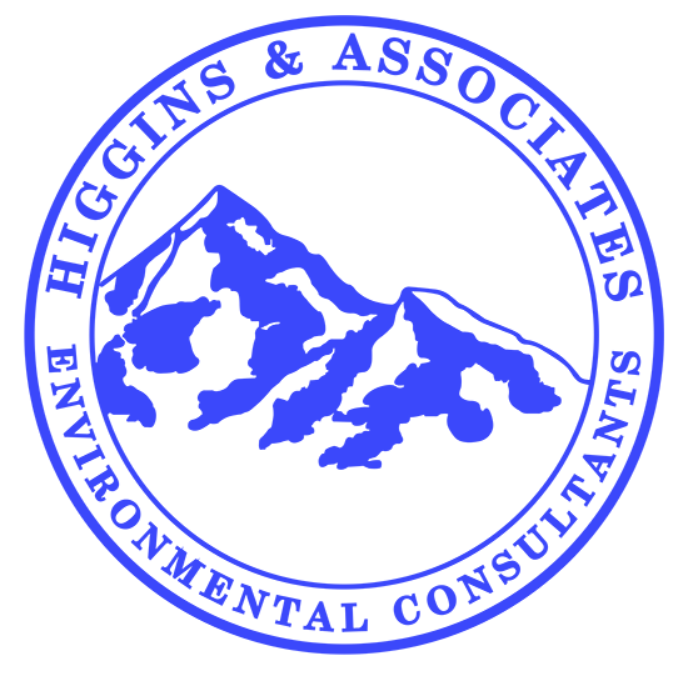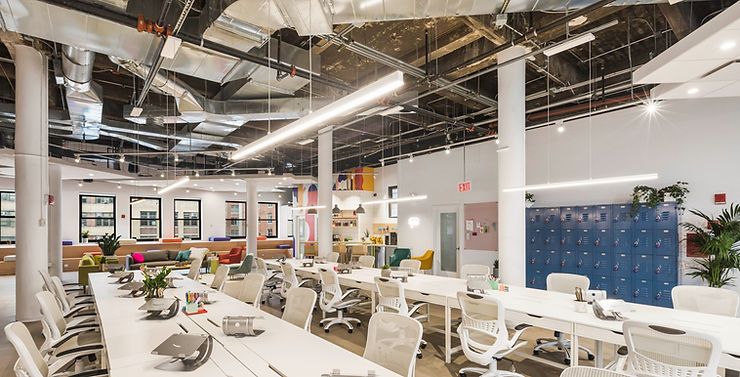On March 3, as part of President Biden’s National COVID-19 Preparedness Plan, the U.S. Environmental Protection Agency released the new “Clean Air in Buildings Challenge” as a call to action with a concise set of guiding principles and steps to assist building managers with reducing risks from airborne viruses and other contaminants indoors.
The Challenge sets forth recommendations and resources that can assist with improving ventilation and overall indoor air quality, which can directly and indirectly reduce the spread of COVID-19.
With Omicron BA.2 now on the rise, the EPA’s challenge couldn’t come at a better time.
“Protecting our public health means improving our indoor air quality,” explained EPA Administrator Michael S. Regan. “Today, EPA is following through on President Biden’s plan to move our nation forward in a healthy, sustainable way as we fight COVID-19. Throughout the pandemic, building managers and facility staff have been on the frontlines, implementing approaches to protect and improve indoor air quality to reduce risks and keep their occupants safe and healthy, and we are so grateful for their efforts. The Clean Air in Buildings Challenge is an important part of helping us all breathe easier.”
The Challenge sets forth recommendations and resources that can assist with improving ventilation and overall indoor air quality, which can directly and indirectly reduce the spread of COVID-19.
With Omicron BA.2 now on the rise, the EPA’s challenge couldn’t come at a better time.
“Protecting our public health means improving our indoor air quality,” explained EPA Administrator Michael S. Regan. “Today, EPA is following through on President Biden’s plan to move our nation forward in a healthy, sustainable way as we fight COVID-19. Throughout the pandemic, building managers and facility staff have been on the frontlines, implementing approaches to protect and improve indoor air quality to reduce risks and keep their occupants safe and healthy, and we are so grateful for their efforts. The Clean Air in Buildings Challenge is an important part of helping us all breathe easier.”
Enhancing Our Infrastructure for a Healthier Future
A Customized Approach for Greater Success
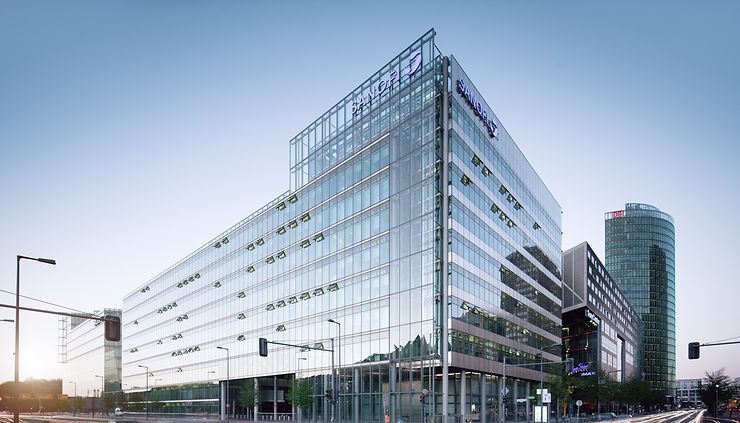
The Clean Air in Buildings Challenge presents multiple options and best practices for building owners and operators to choose from, but the best combination of actions (and how to prioritize them) will vary for individual facilities.
Creating an optimized strategy depends on:
Of course, building infrastructure improvements can be costly.
Fortunately, American Rescue Plan and Bipartisan Infrastructure Law funds can be used to supplement ventilation and indoor air quality improvements in public settings.
Creating an optimized strategy depends on:
- current public health guidance
- building dimensions, layout, and infrastructure
- the type of installed HVAC equipment
- how well HVAC equipment has been setup and maintained
- who and how many people are in the building
- the activities that occur in the building
- outdoor air quality
- climate and local weather conditions
- and other factors
Of course, building infrastructure improvements can be costly.
Fortunately, American Rescue Plan and Bipartisan Infrastructure Law funds can be used to supplement ventilation and indoor air quality improvements in public settings.
